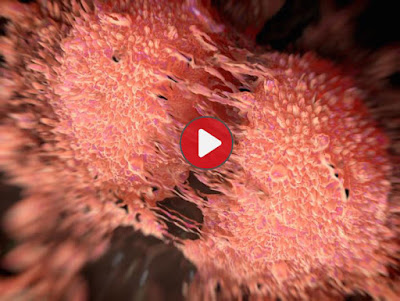With a broken heart  💔 and tears
💔 and tears  😢 in my eyes, nothing is more painful than trying to smile and remain positive, but after many tests, being poked and prodded, chemo and radiation, the person physically changes and they suffer with sadness. I know many of you do not give a hoot about this message because, of course, the cancer has not affected you. You do not know what it's like to have fought the fight, or have a loved one who leads or has led a battle against cancer.
😢 in my eyes, nothing is more painful than trying to smile and remain positive, but after many tests, being poked and prodded, chemo and radiation, the person physically changes and they suffer with sadness. I know many of you do not give a hoot about this message because, of course, the cancer has not affected you. You do not know what it's like to have fought the fight, or have a loved one who leads or has led a battle against cancer.  💜
💜
 💔 and tears
💔 and tears  😢 in my eyes, nothing is more painful than trying to smile and remain positive, but after many tests, being poked and prodded, chemo and radiation, the person physically changes and they suffer with sadness. I know many of you do not give a hoot about this message because, of course, the cancer has not affected you. You do not know what it's like to have fought the fight, or have a loved one who leads or has led a battle against cancer.
😢 in my eyes, nothing is more painful than trying to smile and remain positive, but after many tests, being poked and prodded, chemo and radiation, the person physically changes and they suffer with sadness. I know many of you do not give a hoot about this message because, of course, the cancer has not affected you. You do not know what it's like to have fought the fight, or have a loved one who leads or has led a battle against cancer.  💜
💜
For all the men and women I know, I ask you a small favor- I know only some of you will do it. If you know someone who has led a battle against cancer, still struggling, or who passed, please add this to your status for one hour as a mark of support, respect, and remembrance.  💚
💚  ❤️
❤️
 💚
💚  ❤️
❤️
Copy and paste to support those affected by cancer. Do Not Share. From your phone or tablet, hold your finger on the message to copy and paste.
Source: Facebook







